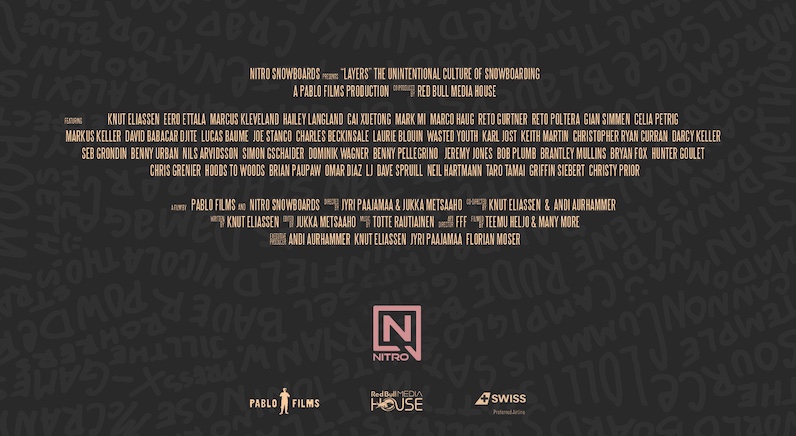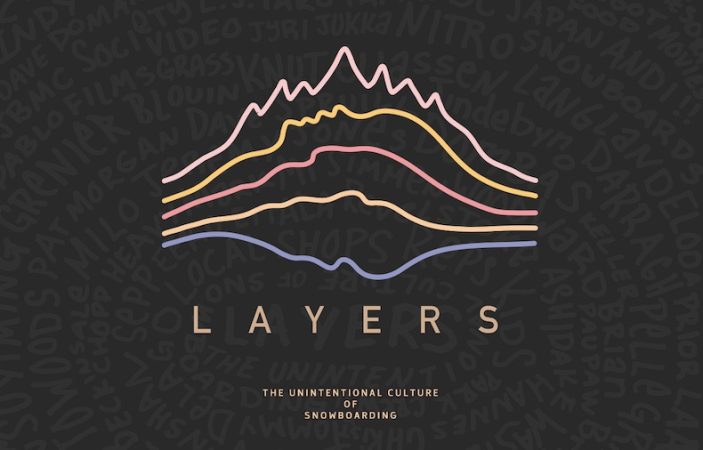
Nitro Talk To Source About Their Voyage Of Discovery Behind The Filming Of Layers
It’s been a stratospheric rise for snowboarding in recent years, what started out as a subculture 40 years ago, has progressed to a mainstream sport, but at what cost? As more and more stores go online due to rising costs and brands choosing to sell direct to consumers, is the sport losing that sense of community and passion that started it all? In Nitro’s latest documentary – Layers, the unintentional culture of snowboarding, which dropped November 15 on redbull.tv, Nitro set out to uncover these questions diving deep into the culture of the sport by talking to those at its heart and soul.
You’re launching your new movie project what was the thinking behind that?
The main idea was to take a look below the surface of our sport and meet relevant people around the globe who help to create the culture of snowboarding that we love so much. We wanted to bring spotlight to people who work behind the scenes and the stories that help to create that healthy foundation in our sport. We talked to shop owners, non-profit organisations, resort owners and regular consumers. At the same time, we talked to top-level competition riders to get an understanding where the sport currently sits at and how they visualize the future of it. We called the project ‘Layers’ as all those different people represent diverse layers that create the foundation and help to build more than a sport. All those layers are essential for a healthy culture.
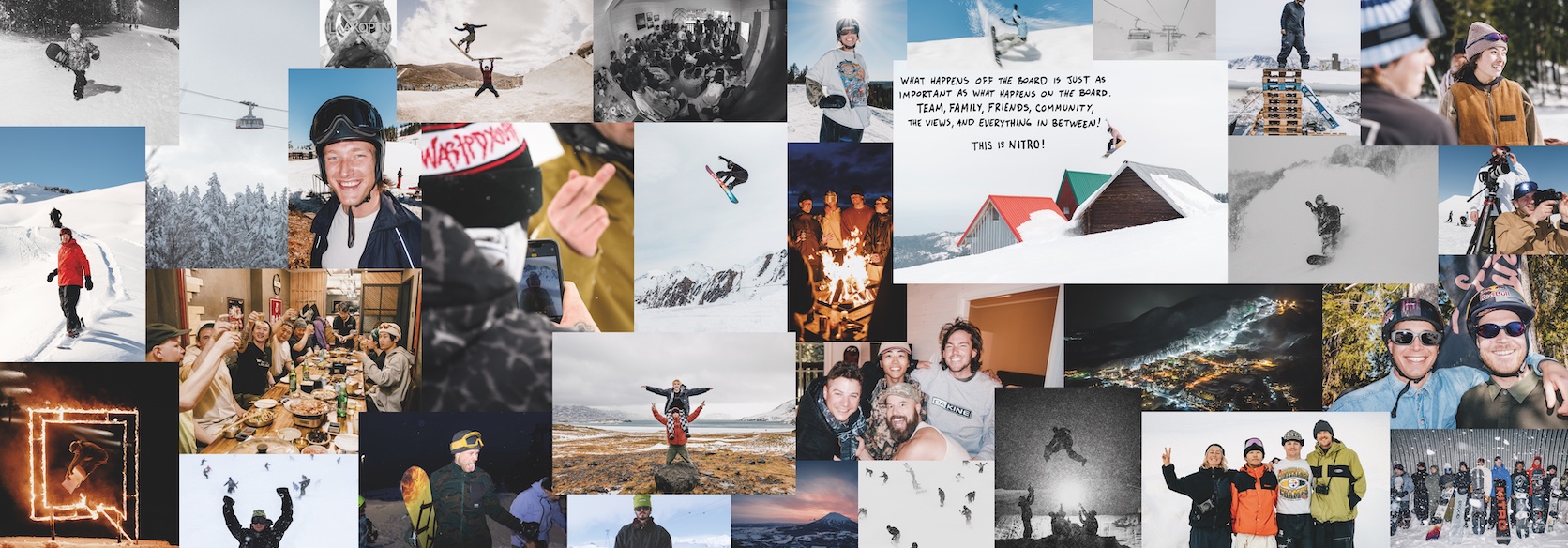
After filming for 2 years now and talking to all those people, are you afraid of losing the culture in snowboarding?
The simple answer is Yes, I am afraid of losing the culture in snowboarding. I think there are multiple things happening at the same time:
There is a global trend of technological convenience and selling direct to consumer. Huge sports brands started this already many years ago, massively collecting data and connecting directly to the
I get the dynamics and I also understand why certain brands do that. But my feeling is, that this all comes at a high price. We massively reduce our points of contacts, and it will get way harder for new people to enter our sport.
We lose more and more passionate core stores and product gets moved to more and more big players. The problem is that there is less enthusiasm and knowledge at those stores as they sell all kind of sports equipment and snowboarding is just an addition. Also, those big players have no problem cancelling your order if their own inventory is too high. From time to time, we also see them dropping the whole category of snowboarding and rather replace it with something that moves faster. Not trying to blame those stores, it’s just the way our market is changing and they provide legitimate points of sales. But it puts suppliers in a riskier situation. And because of that, more and more brands sell direct to balance the risk – it’s like a vicious circuit.
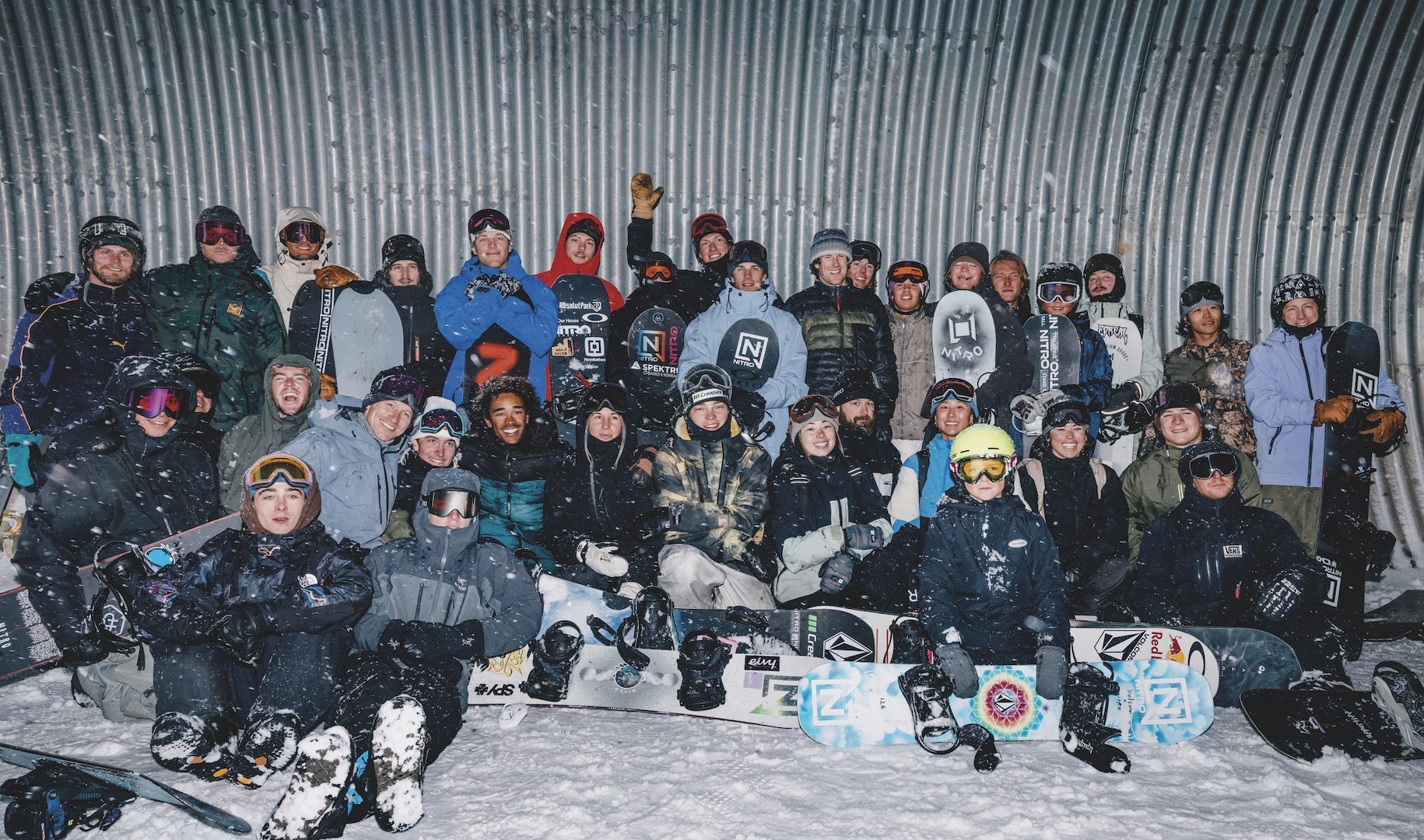
How did/do local shops help build the industry?
A shop is more than a place where you buy product, a snowboard shop represents the local community, they share a lot of knowledge about product and will give you their insights on the sport. With their experience they will make sure that you buy the right equipment for your level of riding and your individual needs. They represent the foundation of the sport for me. We have many shops that luckily still support local shop teams. This is still the best way for young riders to get into professional snowboarding
What strategies can we implement to slow this process down or stop it from happening?
I am pretty sure we can’t stop or slow down that trend. But we can try to influence it positively. I think it’s ok to sell direct as a brand, but it really depends on your motives.
Motive 1: Brand Building
Because of the structural changes I described above of less shops participating, the big ones come more and more into play and get even bigger. A result of that is that there is less product variety on the market, because a mainstream, non-specialized store will naturally focus on a couple of selected mainstream products. The niche for core related and more experimental products that celebrate the rebellious spirit of snowboarding is getting smaller and smaller. In that case it totally makes sense to offer your whole range online to showcase variety to the consumer. This adds value and creates excitement for the sport and keeps it playful.
Motive 2: Margin Building
You treat your shops as competitors, create products that are exclusive to yourself, collect and don´t share customer insights and have price battles over the same products – that’s destructive and leads to nothing.
On the other hand, I wish that shops would be a bit more loyal to brands who not compete with them. Instead of focusing on last year’s sell through numbers they should take a step back and think which brand they can count on in the future. In the end, there’s a lot of good product on the market, and a motivated shop still has a lot of influence to steer the consumer demand in any direction they want.
How has the internet and specifically social media played a part in all of this?
Social media changed everything. In the beginning it was a blessing, it changed the industry from who had the most money to who had the best content. A brand like Nitro benefited from it as we still have the biggest team in snowboarding globally. And all our riders organically help us to create valuable content daily. In the very beginning social reach was not limited. But over the years reach got limited and could only be increased by paying. But we stayed creative and produced content on how we feel snowboarding should be seen, and I am proud to say that we never paid for social reach. It all grew organically because people enjoy the content we put out there.
But of course, there is also a pretty heavy downside to this all. I will not dive into the devastating social effects that social media has for society, I will try to focus on the context for snowboarding. Brands get blinded by those numbers of reach, engagement, or views. Marketing suddenly got visible and measurable. So all efforts and even budgets are put towards social media. Trying to convert as many users as possible into buyers. But sometimes brands forget that we are all humans and need real interactions, real emotions, and real experiences. A teenager these days consumes more than 4 hours social media a day and gets the input of roughly 70-80 newspapers a day. The attention span fell dramatically to under 8 seconds, that equals us with a goldfish. Instead of creating real encounters with humans, most brands fight over those 8 seconds with their budgets. Kind of strange, don’t you think? If we would all sell non-emotional charger cables it would make sense, but we sell snowboarding. We should do better.
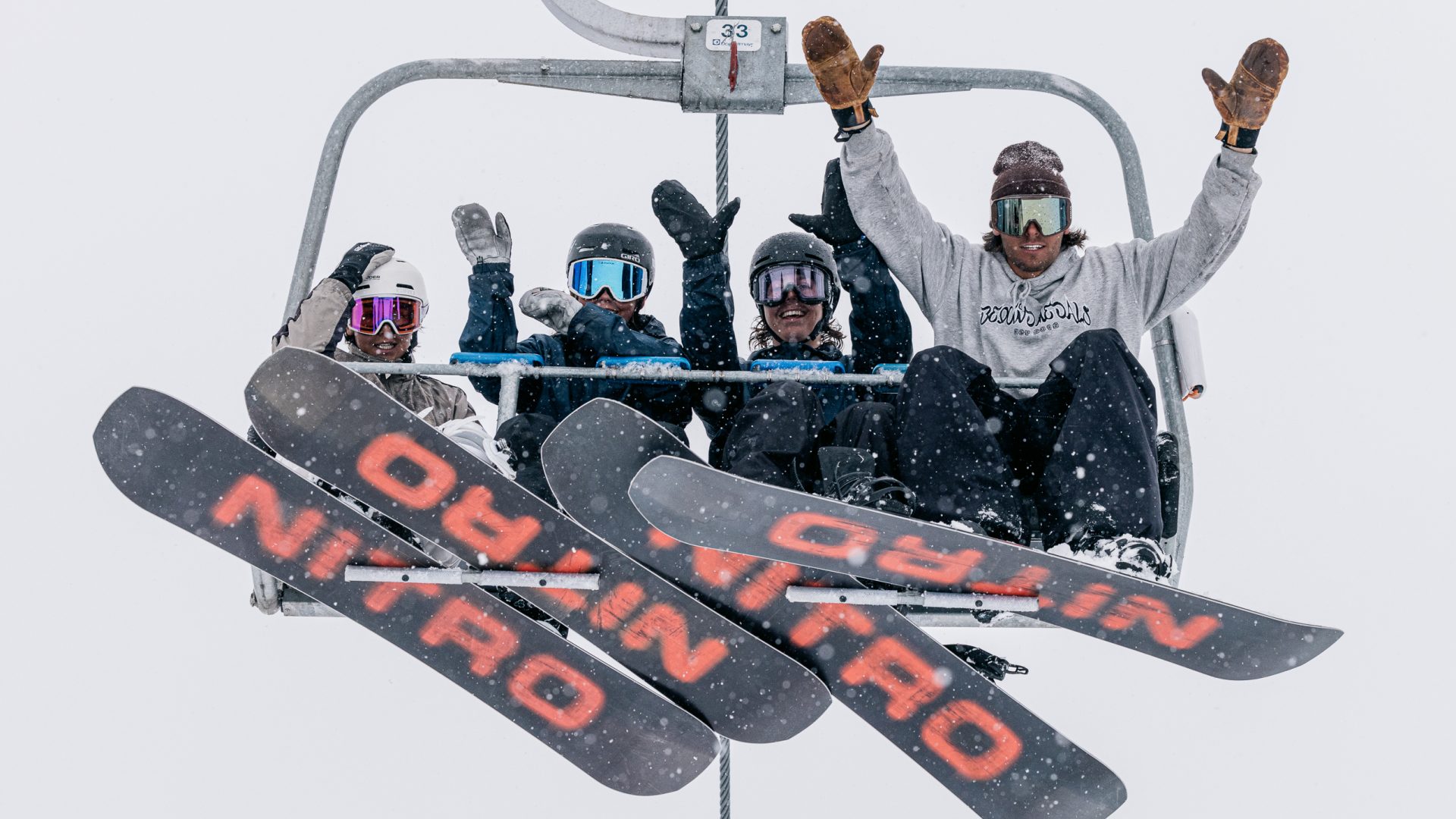
Where do you see things going in the future?
I see a bit of a bumpy ride ahead. I see more brand acquisitions, more investment money coming into the sport. I see retailers disappearing, I see a reduced demand due to external factors we can’t influence. I see brands overproducing and heavily discounting, I see disappointed customers who need good advice what products they should buy, but fail because of the limitations that e-commerce has compared to a face-to-face advice …. I see many things that might be scary.
But on the other hand, I realized that the foundation is strong. I met amazing personalities filming for Layers. Their stories were truly inspiring. I realize that it has never been easy and probably will never be easy. But I believe that in the end, snowboarders will decide on their own what’s best for the sport and will follow that path.
How do you want to sum it up?
Snowboarding is a beautiful activity and the ones who work in that industry should protect the culture that has been built over the years. We probably can’t stop what has already started, but we could try to steer it in a different direction. The participation level of snowboarding has never been higher globally and new markets of snowboarders are joining the culture, Like China, where skiing and snowboarding have been introduced at the same time, and it’s interesting to see that now 80% people on the hill are snowboarding.
The overall outlook is good. Outdoor sports are predicted to be booming for the next 20 years. So, snowboarding overall is in a good place.
But we need to make sophisticated decisions. Brands should revisit their online strategies and spendings. Brands should think about real interactions rather than views and clicks. Brands should stay away from external investment money. There is nothing more harming to the DNA of a brand then the pressure to constantly grow. Which automatically comes in when investors participate. Shops should reconsider their strategies on which brands they focus on and come up with more events that get people together. We need the shops as a snowboard community hub. For the most part, we need to understand how important all those Layers are that have been created in snowboarding and we need to make sure they get supported.




